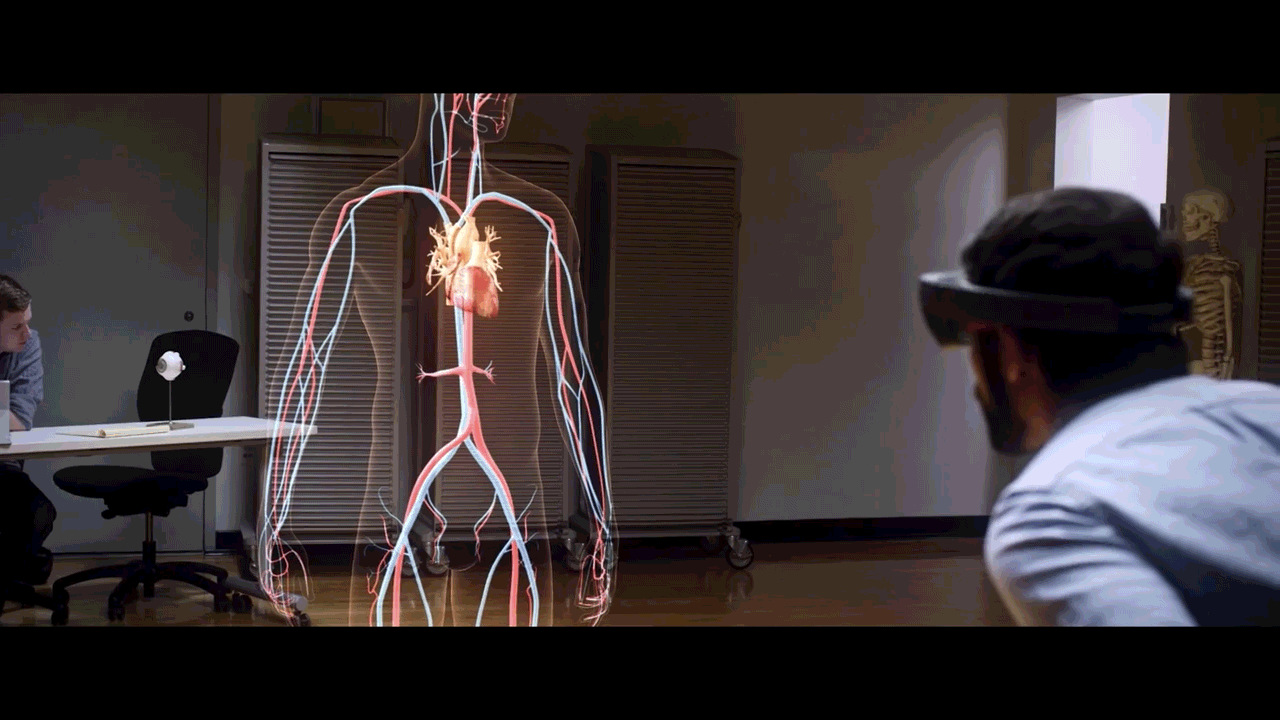How AR is Advancing
The heart of AR lies in its ability to overlay digital elements onto the real world, enhancing our perception and interaction with our environment. Improvements in hardware, software, and AI have fueled AR's evolution. With faster processing speeds, powerful sensors, and machine learning algorithms, AR has become more immersive and accessible. Apple’s ARKit and Google’s ARCore platforms allow developers to create sophisticated AR experiences for mobile devices, widening the reach of AR technology.
Companies are also integrating AR into their devices, like Microsoft’s HoloLens and Meta’s Quest series, which enable users to explore mixed realities. These platforms are designed to provide realistic 3D projections that blend seamlessly with the physical world.
Popular AR Projects: Pokémon Go and Pikmin Bloom
One of the most well-known AR games that catapulted AR into mainstream use was Pokémon Go, developed by Niantic in 2016. Pokémon Go allows users to interact with virtual Pokémon in real-world locations using their smartphones. Its success is largely attributed to the way it encourages outdoor exploration while gamifying everyday activities.
Following the success of Pokémon Go, Niantic launched Pikmin Bloom, a game centered around the beloved Pikmin franchise. Similar to its predecessor, Pikmin Bloom integrates outdoor activity, encouraging players to grow Pikmin creatures by walking, with AR interactions enriching the experience.
These projects highlight how AR can blend the digital world with physical activities, creating engaging experiences that impact how people move, explore, and interact with their environment.
AR Projects People Don’t Know About
While Pokémon Go and Pikmin Bloom are mainstream successes, there are several lesser-known AR projects pushing the boundaries of the technology:
Skylight by Upskill: A workplace-focused AR platform designed to improve productivity in industries like manufacturing, aerospace, and logistics. Using smart glasses, workers can access real-time data, instructions, and visual overlays to enhance their performance and reduce errors.
ARcity by Blippar: This AR navigation tool takes urban exploration to the next level. Instead of traditional maps, ARcity superimposes navigation directions, points of interest, and additional contextual information on the user's screen as they move through the city.
Vuzix Blade: A wearable AR device used in healthcare and field services. Vuzix Blade allows users to access patient records, repair manuals, and step-by-step guides hands-free while working, optimizing efficiency and accuracy.
Will We See AR in the Workplace?
The integration of AR into workplaces is not only possible but already happening. AR’s potential to improve efficiency, training, and collaboration makes it an attractive solution across multiple sectors.
For example, AR is being used in remote collaboration. Imagine two engineers working on the same project but in different countries. With AR, they can see and interact with the same digital model as if they were in the same room, simplifying complex tasks.
In healthcare, surgeons use AR to overlay digital images of patient scans during surgery, enhancing precision. Even in retail, AR is used to create virtual fitting rooms where customers can try on clothing digitally.
As AR technology advances, its ability to simplify, streamline, and enhance daily tasks makes its presence in the workplace inevitable. We’re already seeing use cases across industries, and this trend will only accelerate in the coming years.
Companies Leveraging AR in Everyday Work (AR)
Several companies are already integrating AR into their everyday operations:
Boeing: Boeing uses AR in the assembly of aircraft wiring. By overlaying instructions on smart glasses, workers can access real-time guidance, significantly reducing the time spent on complex processes and minimizing mistakes.
BMW: The automotive giant employs AR to enhance vehicle maintenance and assembly. AR smart glasses help technicians visualize technical details, allowing them to repair vehicles more accurately and efficiently.
Walmart: AR is being used in Walmart’s training program. The company has implemented AR-based simulations for employees to practice managing real-life scenarios in a safe and controlled environment.
IKEA: With the IKEA Place app, users can virtually place furniture in their homes before making a purchase, making interior design decisions easier and more engaging.
Conclusion
Augmented reality is rapidly advancing and transforming our lives. Whether it’s enhancing gaming experiences with Pokémon Go, improving workplace efficiency with smart glasses, or elevating the way we shop and explore our cities, AR is creating a more connected, interactive world. As more industries adopt AR, we’ll continue to see this technology reshape how we live and work, paving the way for a future where the digital and physical worlds are more intertwined than ever.
For more information, head over to The Nerd's List website or check the link in the bio. TNL, The Nerd's List, AR, Pokémon go, Pokémon, tech boy, nerd, gaming, apple, Microsoft,








0 Comments